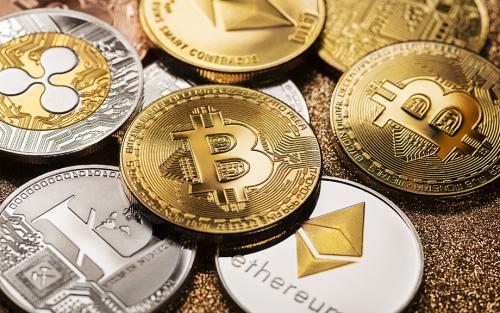Runs on Stablecoins

Stablecoins are digital assets whose value is pegged to that of fiat currencies, usually the U.S. dollar, with a typical exchange rate of one dollar per unit. Their market capitalization has grown exponentially over the last couple of years, from $5 billion in 2019 to around $180 billion in 2022. Notwithstanding their name, however, stablecoins can be very unstable: between May 1 and May 16, 2022, there was a run on stablecoins, with their circulation decreasing by 15.58 billion and their market capitalization dropping by $25.63 billion (see charts below.) In this post, we describe the different types of stablecoins and how they keep their peg, compare them with money market funds—a similar but much older and more regulated financial product, and discuss the stablecoin run of May 2022.
Why Central Bank Digital Currencies?

In the past year, a number of central banks have stepped up work on central bank digital currencies (CBDCs – see map). For central banks, are CBDCs just a defensive reaction to private-sector innovations in money, or are they an opportunity for the monetary system? In this post, we consider several long-standing goals of central banks in their support and provision of retail payments, why and how central banks tackle these issues, and where CBDCs fit into the array of potential solutions.
Central Banks and Digital Currencies

Recent developments in payments technology raise important questions about the role of central banks either in providing a digital currency themselves or in supporting the development of digital currencies by private actors, as some authors of this post have discussed in a recent IMF blog post. In this post, we consider two ways a central bank could choose to become involved with digital currencies and discuss some implications of these potential choices.
Hey, Economist! What’s the Case for Central Bank Digital Currencies?

Since the launch of Bitcoin and other first-generation cryptocurrencies, there has been extensive experimentation in the digital currency space. So far, however, digital currencies have yet to gain much ground as a means of payment. Is there a vacuum in the landscape of digital money and payments that central banks are naturally positioned to fill? In this post, Michael Lee and Antoine Martin, economists in the New York Fed’s Money and Payment Studies function, answer some questions regarding the concept of central bank digital currencies (CBDCs).











 RSS Feed
RSS Feed Follow Liberty Street Economics
Follow Liberty Street Economics